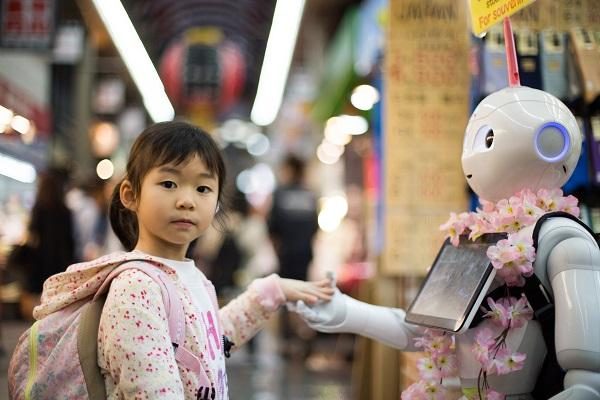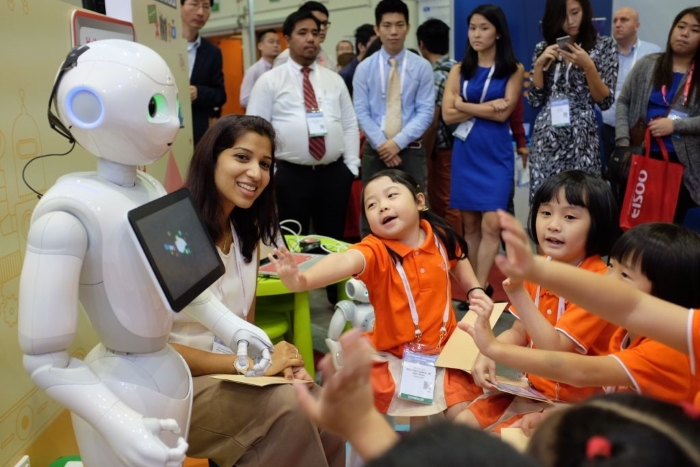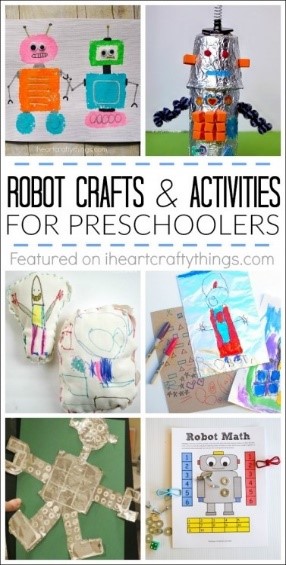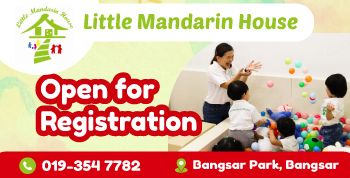Robotics Class For Preschoolers
by on 02/08/2025 ...

“We are examining our education system to create a curriculum where people learn how to learn so they can continue their education throughout the rest of their lives. The measure of success in 2020 will be the number and quality of our people who can add value to information” – Tun Dr. Mahathir Mohamad, MSC Malaysia Launch, 1st August 1996
What Is Robotics
Wikipedia defines robotics as an interdisciplinary branch of engineering and science that includes mechanical engineering, electrical engineering, computer science and others. Robotics deals with the design, construction, operation and use of robots, as well as computer systems for their control, sensory feedback and information processing. Science fiction author, Isaac Asimov is often given credit for being the first person to use the term robotics in a short story composed in the 1940s. In the story, Asimov suggested three principles to guide the behavior of robots and smart machines. Asimov’s Three Laws of Robotics, as they are called, have survived to the present: 1. Robots must never harm human beings. 2. Robots must follow instructions from humans without violating Rule 1. 3. Robots must protect themselves without violating the other rules.
The New Millennium
In this millennium, students and teachers need to keep abreast with advancements in ICT to remain competitive and relevant. As mentioned in the Smart School Conceptual Blueprint (MOE 1997), technology is used as a tool and should be integrated into the curriculum rather than be taught separately as an end in itself.
Prior research suggests that children as young as 4 years old can successfully build and programme simple robotics projects while learning a range of engineering and robotics concepts in the process. For example, early studies with the text-based language Logo, have shown that computer programming can help young children with a variety of cognitive skills, including number sense, language skills and visual memory. Educational robotics kits have become a new generation of learning manipulatives that help children develope a stronger understanding of mathematical concepts such as number, size and shape in much the same way that traditional materials like pattern blocks, beads and balls do.
Robotics In Preschools
Down south, our island neighbor of Singapore has in recent years, increased its emphasis on technology and engineering in early childhood education. Their newest initiative, the Playmaker Programme, is focused on teaching robotics and coding in preschool settings. Robotics offers a playful and collaborative way for children to engage with foundational technology and engineering concepts during their formative early childhood years. Trials with social robots in a preschool environment were conducted from April till October 2016, with Pepper at My First Skool Jurong point, and its smaller counterpart NAO at MY World Preschool at Bukit Panjang. This “Robots for Early Childhood Education” is a pilot study initiated by the Infocomm Media Development Authority of Singapore in conjunction with partners such as SoftBank Telecom Singapore and the Nanyang Technological University Robotics Research Centre.

Unlike many apps and educational software developed for children, robotics activities do not involve sitting alone, in front of a computer. Rather, robotics manipulatives allow children to develop fine motor skills and hand-eye coordination while also engaging in collaboration and team work. A robotics and programming also have the potential to foster “computational thinking” in young children. This term has been defined in many ways and encompasses broad analytic and problem-solving skills, dispositions, habits and approaches used in computer science. Computational thinking involves the ability to abstract from computational instructions (programming languages) to computational behaviours and to identify potential “bugs” and places of errors.
How Early is too Early?
How early is too early to learn coding or basic and elementary robotics? Even if kids aren’t old enough to know how to read, they can still start to learn the basic concepts of coding. Primo, a project on Kickstarter, is a simple kit that a four-year old can use to programme a cute plywood robot named Cubetto. Pop a series of coloured boxes into a compiler board, and kids can tell the adorable robot where to go around the room.
Find Inspiration Online
If you and your kids are ready to tackle some robotics projects on your own, you can search for inspiration online. There are hundreds of free and paid tutorials, many of which cater to kids and families.
Makezine.com offers hundreds of maker projects with photos and instructions. You can sort the projects by type (like robotics and wearables) and difficulty level.
DIY.org is an online community for kids to connect with each other and to learn lots of new skills. DIY.org organizes projects under skill patches (like astronaut, printmaker and toy maker).
Check out skills like Circuit Bender, Bitster, Fabric Hacker, Sensor Hacker and Hardware Hacker for experiments that teach kids about robotics.
littleBits allow kids to make simple circuits that can be built into more elaborate projects that do cool things, like shoot confetti or draw. littleBits and similar toys can be great for creating introductory projects since they do not require any loose parts or complicated tools, but they can be expensive.
Arduino is for older kids who are curious about how things work or want to combine coding and hardware. Arduino is a small open-sourced microcontroller (basically, a computer) that can be programmed into all sorts of inventions.
Raspberry Pi is a small and affordable computer that’s great for kids. This capable little device plugs into a computer or TV and allows kids to explore computing with languages like Python and Scratch. This device can also be used in digital maker projects like robots or music machines.
Creative Preschool Robot Crafts and Activities
Here are a few robot crafts and activities that encourage and incorporate learning that kids will love. Below you will find ideas that include everything from learning about shapes, mathematics, fine motor skills, creative crafts and building robots with recyclable materials.

Sponge Painted Robots – Preschoolers’ creativity will come to life with these adorable sponge painted robots. Not only is it a fun activity, it’s a great activity to reinforce shapes.
Lego Stamped Robot Art – Unleash your child’s creativity and imagination by creating one of a kind robots with this Lego stamping robot activity.
Robot Math Activity – Print off this free robot template for a fun way to work on math with your preschoolers. Using nuts and bolts make this activity extra fun for kids.
3 Easy Preschool Robot Art Ideas – Try out one or all of these fun art ideas about robots. Especially the drawing activity that gives kids a great look at how robots are programmed.
Recycled Robots, Invitation to Create – Gather recyclable materials around your house and have fun creating a unique robot.
Kid Made Robot Pillow – Preschoolers will have so much fun strengthening their fine motor skills by designing a robot on fabric and turning it into a pillow.































